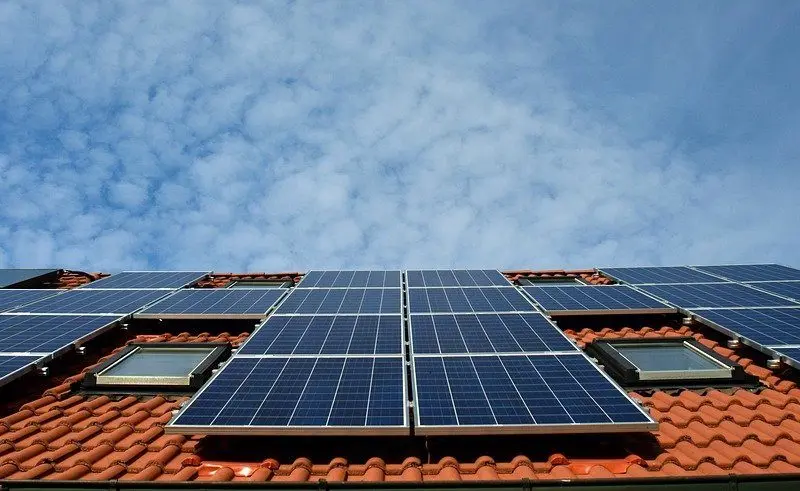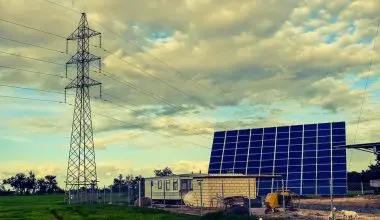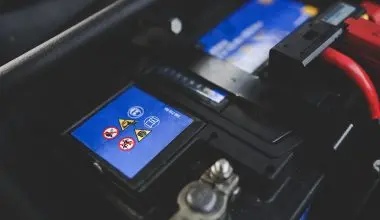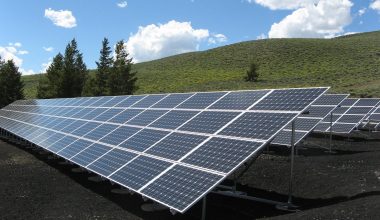As I usually say in every article, the sun is more than able to provide energy for all our electricity needs and more! This brings me to discuss more about how we’ve developed solar energy and what can be expect from the future in terms of solar energy?
You can read more about the History of Solar Energy as well!
Just a bit of history here, for years the solar systems have been considered economically unfeasible given the high initial costs of investment. However, these costs fell by over 50% from 2008 till 2013, thanks to increasing R&D and Sales. Then this happened further from 2015 to 2017, there was another 40% drop. The decrease in such costs and increasing efficiency has led the popularity of solar panels to increase.
Newer business prospects
With the rise in demand, the supply has to be increased as well. Tesla and Panasonic understood the need and started working on a huge solar panel manufacturing plant in Buffalo, New York. Tesla’s Powerwall is already one of the most widely used energy storage devices in domestic use.
Agricultural lands that are barren can also be repurposed as land for solar farms. With increase in solar demand, there will also be an increase in medium-voltage cables.
Getting energy from Bio-Solar cells
Researchers have been working for a while to use biological matter in non-silicone based solar panels. The microbial fuel cells within these panels involve bacteria breaking down organic matter to produce energy. The efficiency of these panels is nothing as compared to conventional PV technology but we’re hoping it’ll catch up! Such bio-cells can be quite useful in remote areas where there is no way to change batteries every 5 years.
The first of such bio-solar panel was prepared in Binghamton University with the highest power rating of a bio-solar panel till today which was 5.59 microwatts.
Better ways to Generate Electricity
Some researchers worked to find if there’s a more efficient way to generate electricity from solar energy. Turned out the most efficient method is also one of the most common processes of nature – Photosynthesis. The study worked out to suggest that using biomass as fuel to power ‘artificial photosynthesis machines’ we could convert solar energy into electricity more efficiently and store it in a natural form to be used later.
‘Floating’ Solar Panels
Some countries lack the space for installing solar farms on land and hence, floating solar farms are a great alternative for such countries. A French utility company Ciel and Terre International has been working on ‘floating solar farms’ since 2011 and has installed a trial floating solar farm off the coast of UK and now news suggests that they are expanding to other countries including India, France and Japan.
The Japanese ‘Wireless’ power project in Space
This is one exciting project when it comes to solar power. The Japanese Space Agency (JAXA) believes that getting closer to the sun would result in higher efficiency from solar panels. The Space Solar Power Systems (SSPS) project involves sending the solar panels out of the atmosphere into the moon’s orbit essentially to be closer to the sun and drive efficiency. The power collected will be sent back to the earth wirelessly to a receiving base station on-land by the use of microwaves.
If this was to be successful, it would truly be a huge accomplishment. This is because the project would produce an estimated 13000 TerraWatts of energyand we won’t have to worry about cloudy days.
Energy Harvesting Trees
These are basically 3-D printed trees that have the ability to store solar energy in their leaves. These leaves can then be used in combination to power appliances and gadgets. Each of the leaves can generate electricity from sunlight as well as wind. The trees can be placed indoors as well as outdoors which makes it easier if you have less space inside the house.
Well that’s great isn’t it? Let’s get one for Christmas!
We need Better Efficiency
Better efficiency has been always a challenge for solar energy. Even right now after decades of development 80% of Solar panels have efficiencies lower than 15%. The imperial college in London claims that it discovered a new material Gallium Arsenide which could make solar panels three times more efficient.
Most of these panels do not move with the direction of sunlight, which means they receive direct sunlight only once a day and a lot of energy that hits the panels is wasted. Attaching a sensor along with solar panels that adjusts them according to the direction of sunlight could really drive efficiency.
A few researchers are also working on including the infra-red light spectrum for use in solar-panels. This could increase the efficiency by 30%.
IBM is striving to include 10 times more solar cells in the same-sized solar panel to be able to install solar panels in limited spaces and at the same time have good electric output.
Daily Life Applications of Solar Power
The places where solar energy is being introduced is far greater than an of us could imagine.
In 2014, Solaroad was introduced. This was the world’s first 230ft bike path entirely made from solar panels. It highly exceeded our expectations as it has produced about 3000kWh until today which is roughly equal to the energy use of one person for a whole year!
Considering how such a small 230ft bike path made so much energy, this paved the way for the idea of smart highways.
Not only that, Solar Energy has been involved in air travel too! In December of 2009, the Solar Impulse 2 took off and was the first solar airplane to be able to fly with a pilot on-board.
Saving the best for last!
Solar power can be quite portable!
The solar plug is the innovation that I’d like to talk about here. The solar plug involves two sides; One side is a small fold-able solar panel which is to absorb radiations from the sun. The other side has a standard outlet for stored electrical energy. Once you use the panels to charge the battery, you can plug to the outlet and charge your gadgets at any time you like!
These innovations show that there is no limit to solar energy in the future! In fact it’s going to hopefully develop to become one of the cheapest and most reliable sources of energy on earth. The inventions discussed here today are just a bit when comparing to the exciting solar power projects that we’ll hear about in the future!




